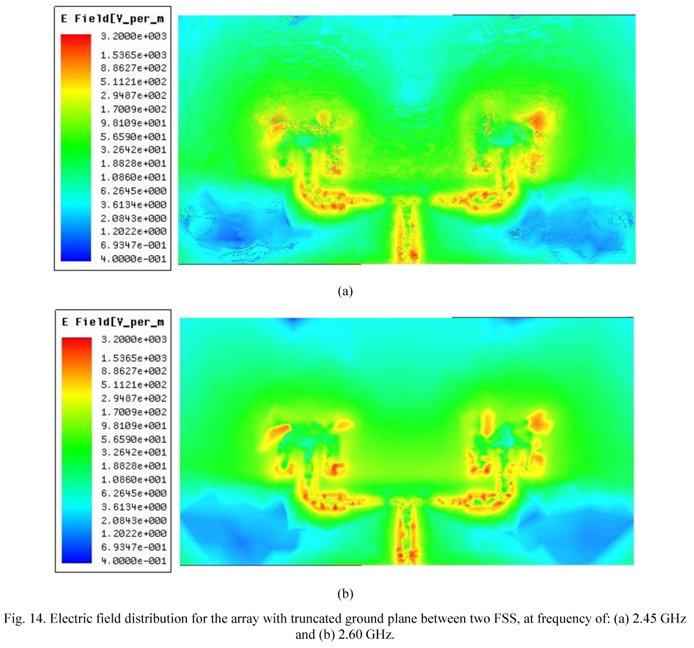

And high qualities are also desired in single-feed CP patch antennas, such as broadband for the high-capacity and high-speed data-rate communication, wide beamwidth to improve the coverage area in base station and GPS applications, and so on. With the rapid development of modern wireless communication systems, circularly polarized (CP) patch antennas using single-feed have received considerable attention due to the reduction of RF loss and complexity in an array feed. It can be considered as a good candidate for the element of arrays. Measurement results show that the antenna has −10 dB reflection coefficient bandwidth of 29.7%, 3-dB axial-ratio bandwidth of 21.6%, and beamwidth of more than 90°. Through optimizing the four asymmetric cross slots and eight matching segments, excellent performances are achieved by the proposed antenna, especially for the broadband and wide beamwidth. Furthermore, a metal side wall surrounding the antenna is used to improve the isolation between adjacent elements in an array. And a coupling slice instead of a resistive load is used as matching load of the microstrip ring for higher gain. The patch is coupled to four asymmetric cross slots via a microstrip ring with eight matching segments underneath the ground plane, traversing through the arms of the cross slots in a serial manner. The fabricated antenna also retains being lightweight, which is desirable for UAVs, because it has no metal plate at the backside to support the antenna.Īperture-coupled feed cavity backed patch gain lightweight millimeter-wave stripline substrate integrated waveguide surface wave unmanned aerial vehicle.A broadband single-feed circularly polarized patch antenna with wide beamwidth is presented. Thus, a full-corporate feed 32 × 32 array antenna achieves realized gain of 30.71-32.8 dBi with radiation efficiency above 52% within the operational band of 25.43-26.91 GHz. Using the SIW cavity-backed patch and stripline feedline of the ACF in the element design, therefore, provides a solution to this problem.

This approach helps to improve antenna gain, but at the same time leads to a significant level of back radiation due to the microstrip feedline and unwanted surface-wave radiation, especially for the large patch arrays. However, in this case, a large coupling aperture is used to create strongly bound waves, which maximizes the coupling level between the patch and the feedline. Here, the element of a large patch array antenna is implemented with a substrate integrated waveguide (SIW) cavity-backed patch fed by the aperture-coupled feeding (ACF) structure. For the large-scale patch array antenna, microstrip lines and higher-mode surface wave radiations contribute enormously to the antenna loss, especially at the millimeter-wave band. A high-gain millimeter-wave patch array antenna is presented for unmanned aerial vehicles (UAVs).


 0 kommentar(er)
0 kommentar(er)
